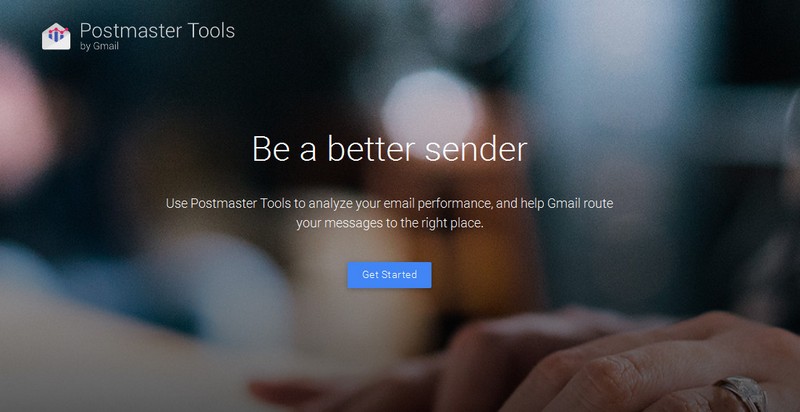Google Makes Use of Machine Learning to Help Gmail Users Deal with Spam
Email spam is without a doubt one of the most persistent inconveniences in the modern world. It’s not easy getting rid of them. Even when you think you have done everything to prevent them from reaching you, they always find a way to deliver their peskiness. Many companies have tried getting rid of spam using various ways. Their efforts have produced good results but spammers evolve and continue finding ways to send their trash to many unsuspecting victims.
The difficulty of getting rid of spam, however, is not as simple as it would seem. There’s a need to carefully undertake things to avoid wrongly tagging regular mails as spam. If the algorithms are made to be too aggressive, you may not see spam on your inbox but you may likewise not see the emails you are supposed to see.
The good thing is that Google has stepped up its efforts to help significantly reduce or completely get rid of spams without mistakenly tagging non-spam emails, at least on Gmail inboxes. On the official Gmail Blog, Gmail product manager Sri Harsha Somanchi shared how Google has improved Gmail’s ability to filter out spam without mistakenly sending the emails you want to see to the spam box. Somanchi acknowledged how Gmail’s spam detection function is not perfect but they are doing something to improve it further.
Gmail Postmaster Tools
Google launched Gmail Postmaster Tools on July 9 to help Gmail users in analyzing their emails. It includes functions to analyze data delivery errors, email address reputation, and spam reports. This collection of Gmail tools is useful in diagnosing issues, studying best practices, and in guiding Gmail in routing messages to the right places.
Google is reinforcing its use of machine learning in filtering out spam messages. It’s not really something new. Since the introduction of the “Report Spam” and “Not Spam” buttons, Gmail was already using machine learning to improve Gmail’s ability to sort out spam. Now, though, major improvements are being implemented. As reported on the official Gmail blog, Google is bringing to Gmail “the same intelligence developed for Google Search and Google Now to make the spam filter smarter in a number of ways.”
The Improvements
So how is Gmail’s spam filter made smarter? The following are the highlights:
- The Use of an Artificial Neural Network – Gmail’s spam filter is now detecting and blocking spams with inputs from an artificial neural network which loosely imitate the brain’s learning processes. This artificial neural network not only includes information derived from the pressing of the “Report Spam” and “Not Spam” buttons but also integrates information based on the behavior of Gmail users.
- Acknowledging Individual Differences – The inboxes of Gmail users are rarely alike. While others are fine with receiving newsletters and promotional materials, others are not. Gmail’s spam filter now adapts to its user. It does not behave in the same way across the board. If you’ve had the habit of quickly deleting or ignoring certain emails, they will no longer be directed to your main inbox, and this only applies to your account. Gmail’s spam filter learns from its user’s habits and automatically decides how to sort certain mails based on how a user deals with these mails.
- Improved Anti-Phishing Function – Phishing scams continue to attack and victimize some Gmail users. Google acknowledges this so improvements on Gmail’s ability to root out email impersonation have been implemented. Machine learning, again, is a key factor in this improvement. With the help of machine learning signals, Gmail is now able to figure out whether or not an email is sent by the real owner of the name or address being shown as the sender.
At present, Google claims that only 0.05% (that’s 1/20 of 1%) tend to be sent to spam folders. However, there is still room for improvement, especially when it comes to properly identifying if an email is wanted or unwanted.
Not many may be interested in this story but it’s worth writing about this to help spread the word about how inputs from users can actually be useful in improving email services. Even if you are a free Gmail service user, improvements implemented on Gmail’s spam filter will greatly benefit you. Gmail’s improving spam filter is one good example of how machine learning is indeed useful to everyday lives. Likewise, this post aims to emphasize that email is not yet dead and will likely not lose relevance even after several decades from now. If you don’t bother getting yourself some heads up on what’s happening with your email account because you think it’s going to become irrelevant soon, think again.


![By Alejandro Zorrilal Cruz [Public domain], via Wikimedia Commons](https://techtheday.com/wp-content/uploads/2014/06/Artificial.intelligence.jpg)